By Celene Sakurako
When asked if film photography is dead, budding photographers Redge Hawang, Inah Maravilla, Eric Bico, and Ricardo Yan all gave the unwavering answer: no. As full-blown millennials born in the late ’90s (over a decade after the first ever digital camera came out in 1975), they’ve grown up in the hyper-digital age where photos of everything from banal to beautiful can and are instantaneously edited and uploaded for sharing in the blink of an eye. They say a picture is worth a thousand words, but how much is it really worth when there are a thousand photos of the same shot? When do we have the time to truly appreciate a photo? The answer is now.
Scroll through Instagram, Facebook, and Twitter and you’ll see that digital natives have taken a liking to analog culture. Utilizing popular hashtags like #35mm, film-mimicking filters like VSCO, and apps like Gudak, they’re now taking cues from their parents and revisiting the past. We asked these four film photographers the big question: Why?
Redge Hawang (20)
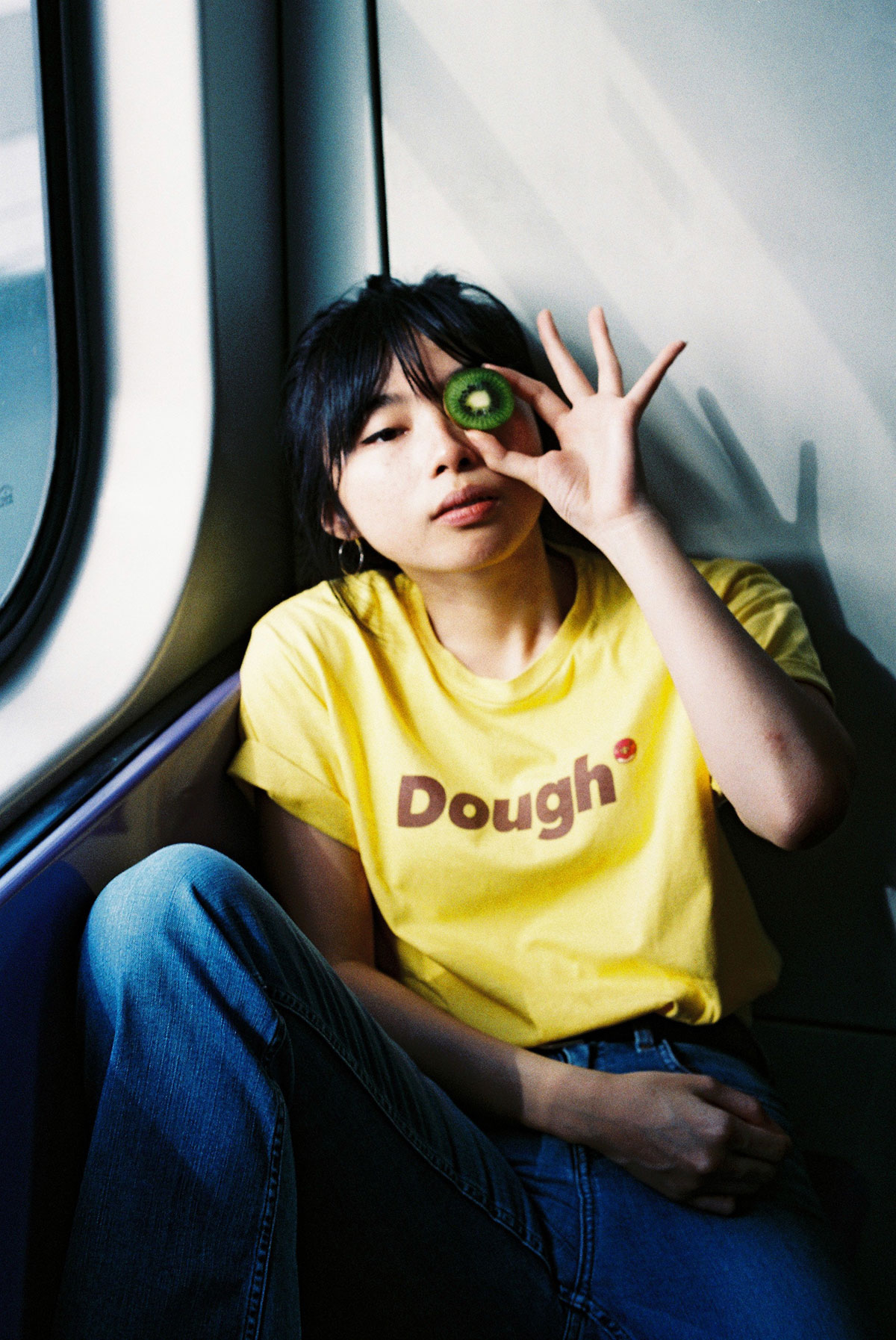
What’s your choice of equipment?
I use one camera, and one camera only: a Contax Quartz 139. Sadly, it’s manual so it’s a real pain in the ass, but it’s my pain of ass.
How’d you get into film photography?
It was an ironic twist of fate. My DSLR camera broke and I thought it was the end of the world, because I knew I couldn’t afford a new one. Despite my having sworn off film before—because of its tedious process—my mentor Ralph Mendoza pushed me to try it out. I was basically forced to work with what I had.
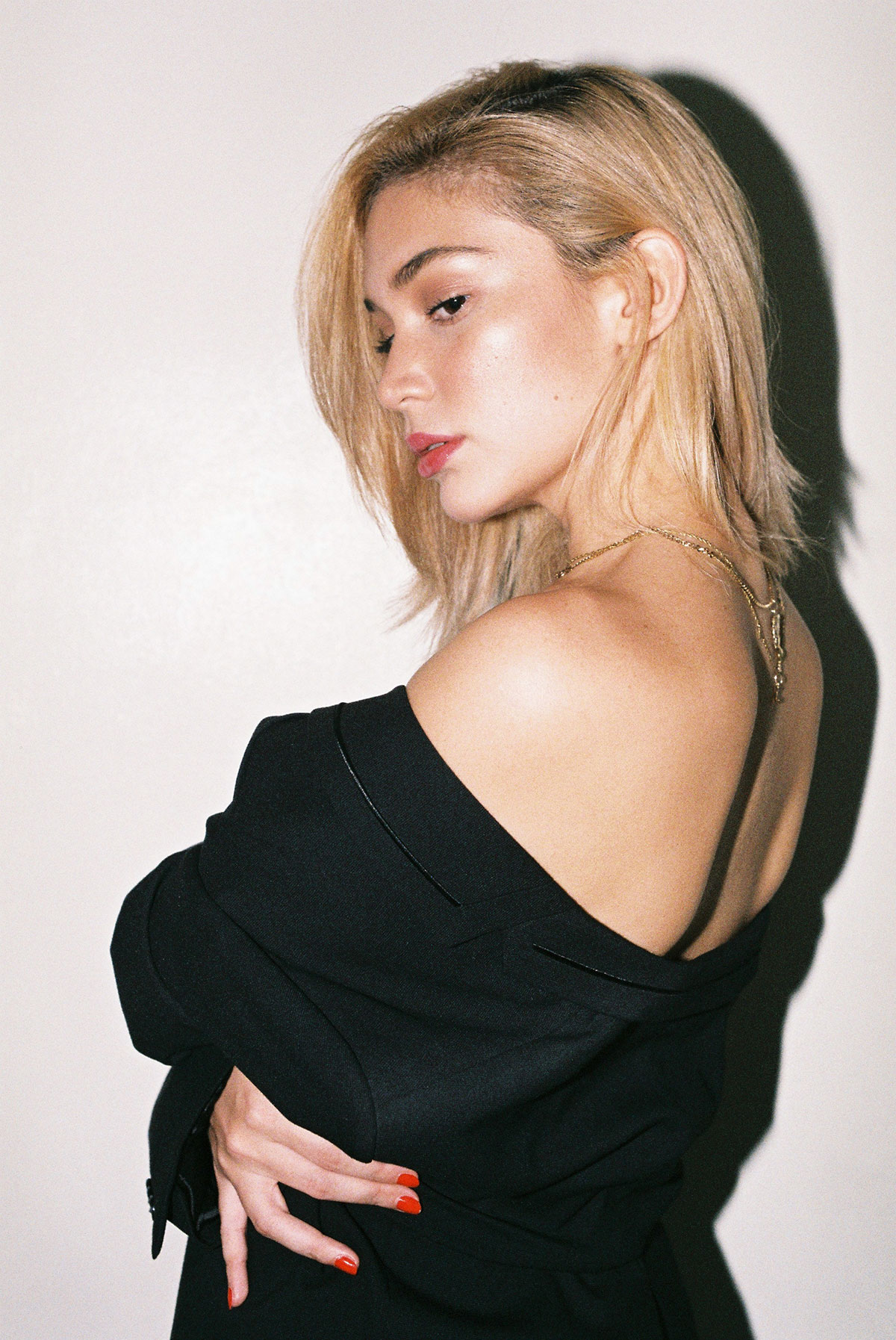
Why do you choose to shoot film over digital?
I fell in love. Once you do, there’s just no going back. And just like that, I love how with film, you can never go back and correct your mistakes—might it be exposure, ASA/ISO, or the shutter speed. Once you’ve taken something, that’s it. So even before you shoot anything, you have to calculate your every move.
Is film dead?
Film is not dead, and it’s definitely not just another trend.
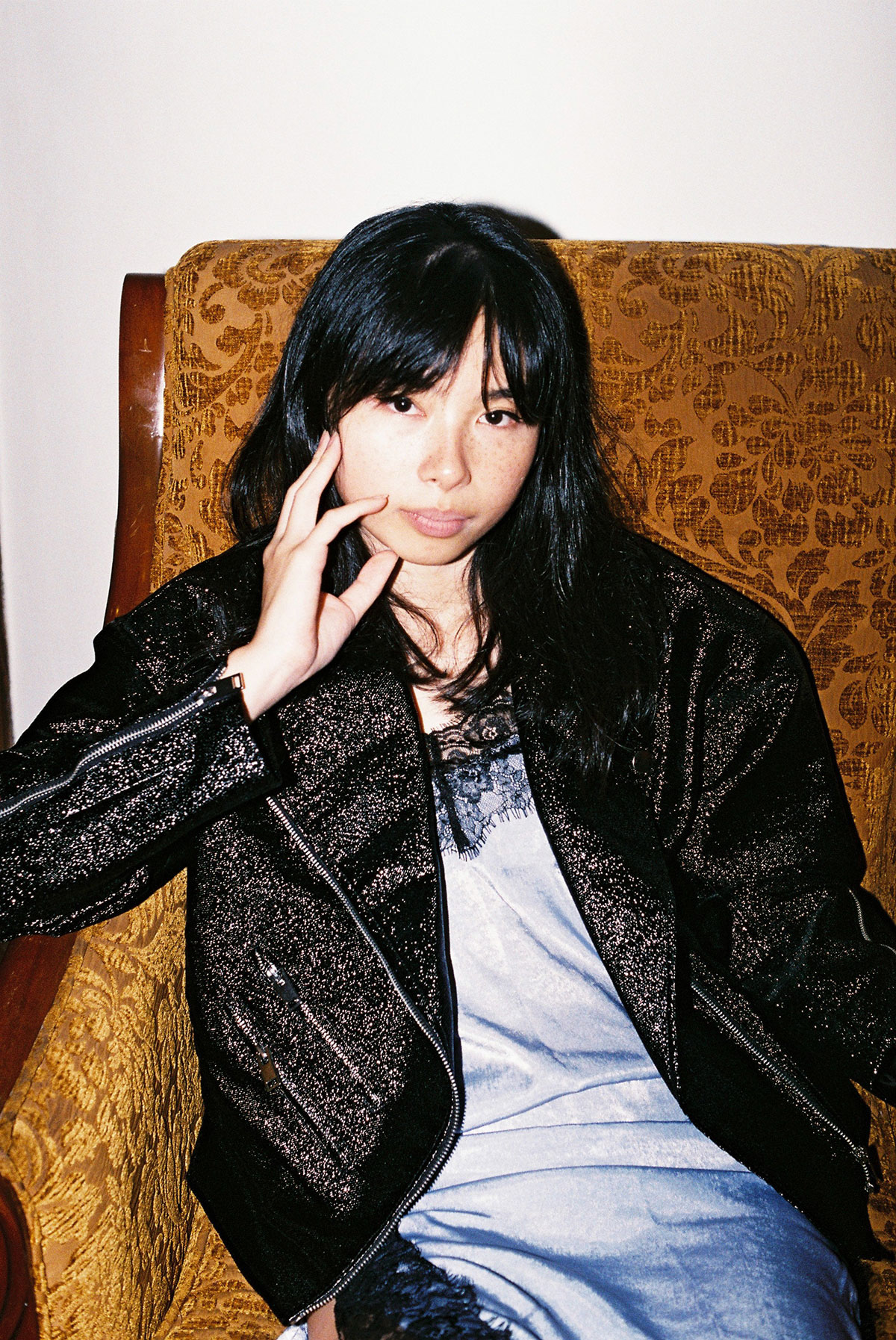
What are your two cents on the resurgence of film these days?
he revival of film seems to be a trend. It’s like everyone is dipping their toes into anything that’s “retro” or “vintage” these days, but I truly believe there are people who genuinely enjoy shooting with film. You see, there’s this thing about film that makes you feel like you’ve traveled back in time, not to mention the perks of having tangible memories.
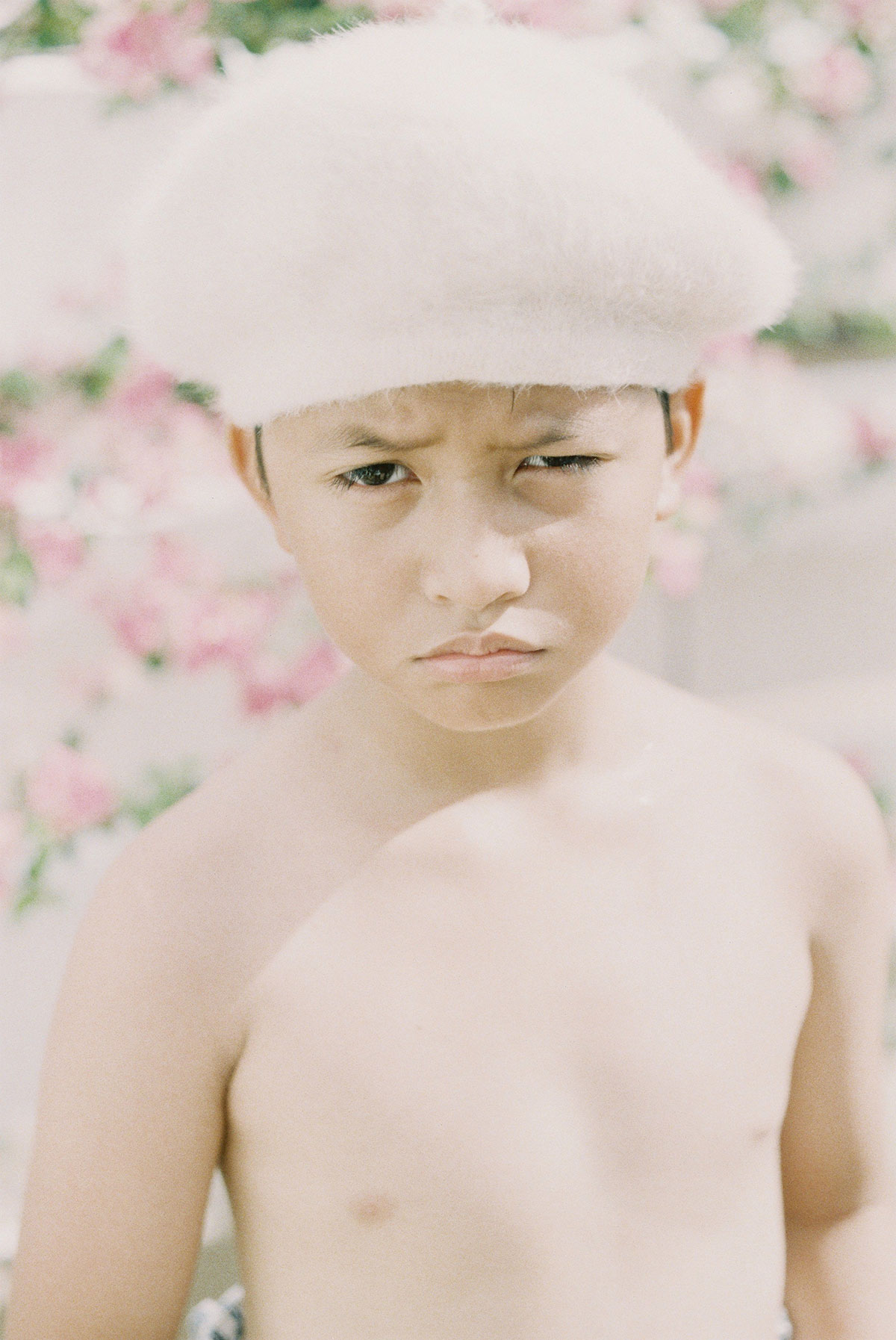
Where do you see its future?
I think film is here to stay, even after the bandwagoners jump ship. Film will never be dead.
Inah Maravilla (20)
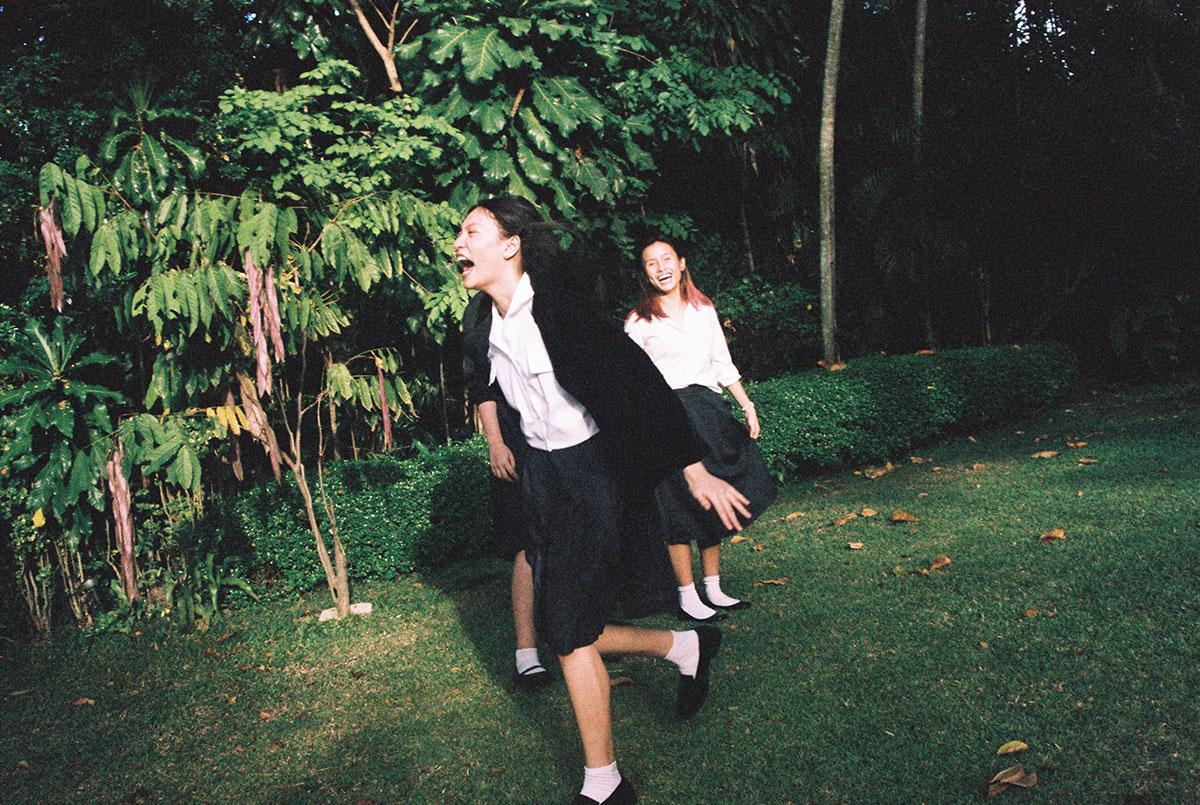
What’s your choice of equipment?
I have four film cameras: Canon AE-1, Nikon FM10, Olympus MJU II, and Olympus OM-10. I interchange them a lot, but my go-to is the point and shoot Olympus MJU II. I’m not gear-conscious though.
How’d you get into film photography?
I first got into photography when I was 13 and still in Bacolod. I started experimenting with digital when I was in first year high school and shifted to film in my second year. Flickr inspired me. Back then, I had to order everything online from Manila and have it shipped to my province. The photography scene in Bacolod is limited, and there was literally only one photo lab that could develop my film.
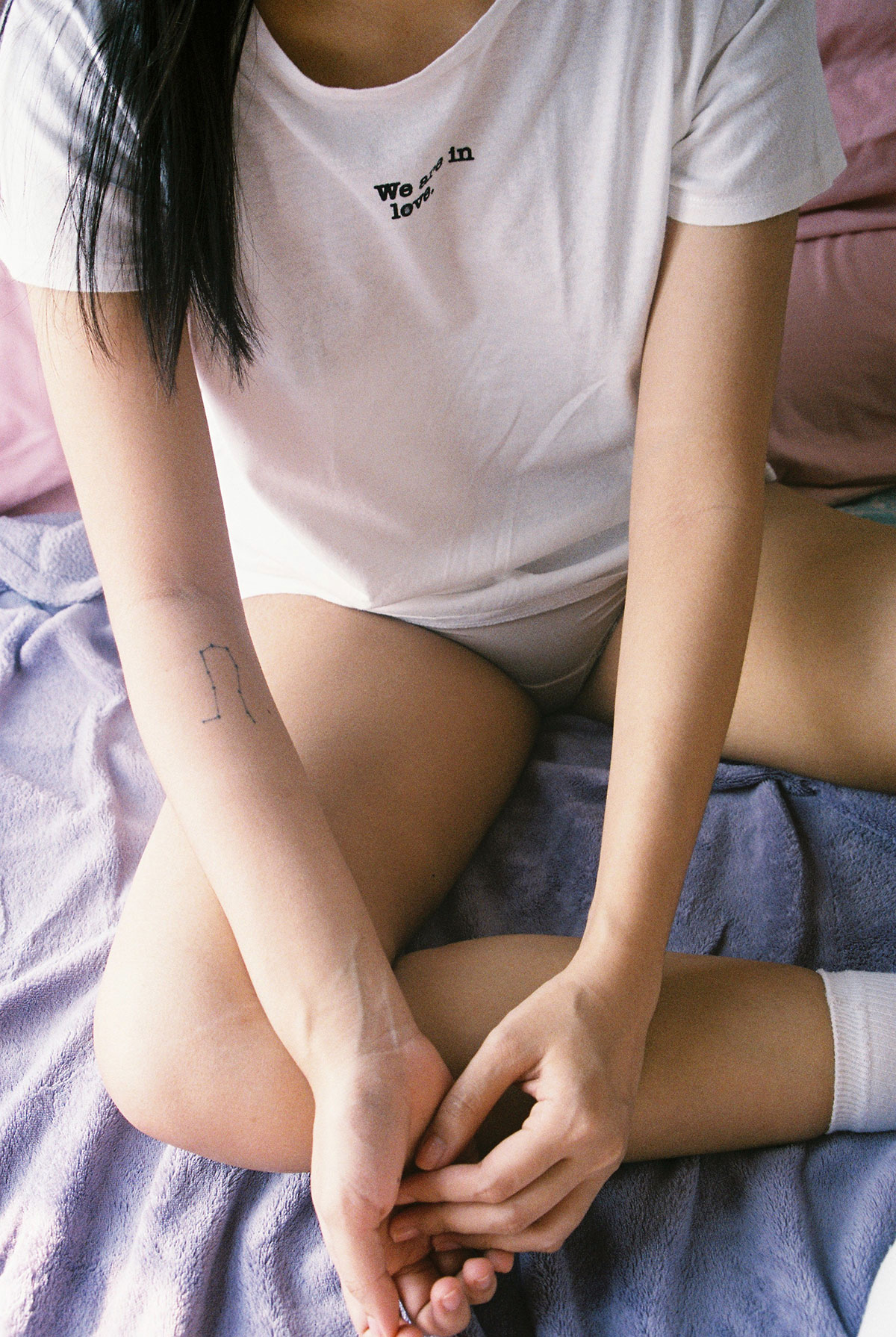
Why do you choose to shoot film over digital?
I simply like being surprised. I like the process of having to plan and think about your shots carefully because of a film roll’s limit, and then having to wait for your photographs to be developed before you can see them. It’s always like opening presents.
Is film dead?
I don’t think it is now, nor do I think it will be anytime soon, but I’m not canceling out the possibility of it in the future.
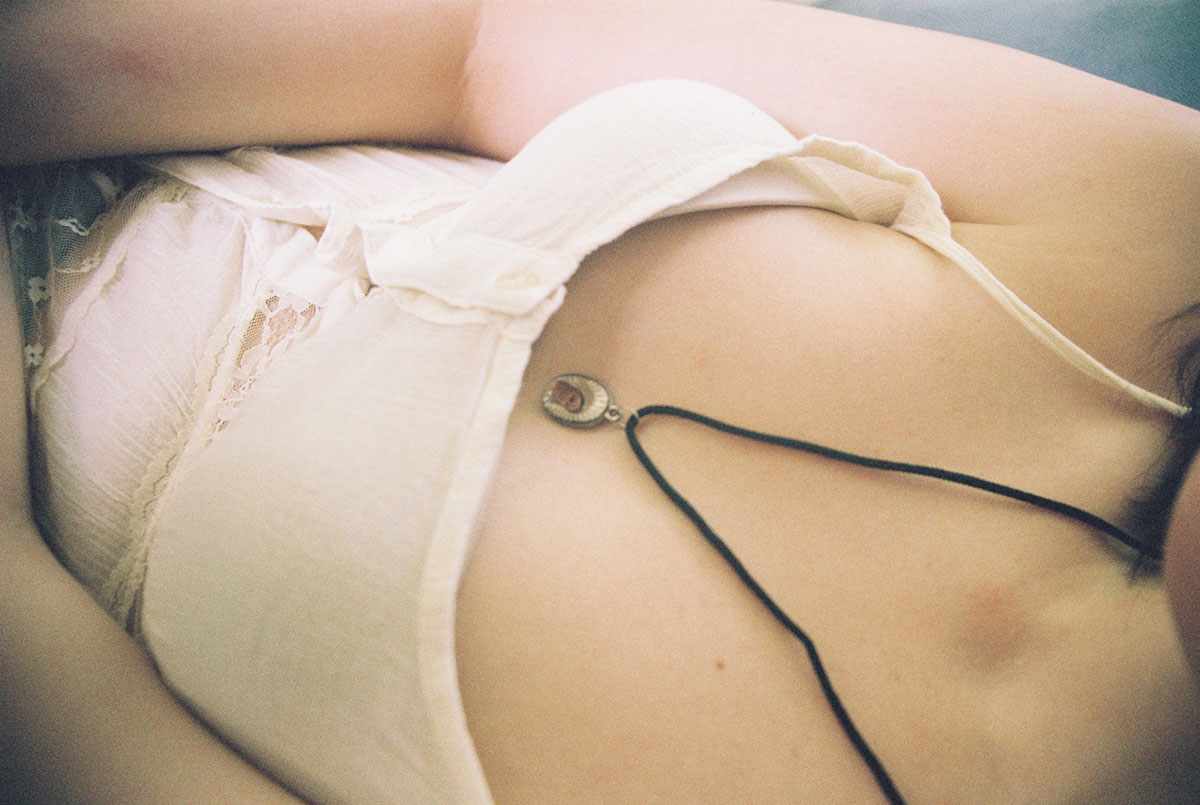
What are your two cents on the resurgence of film these days?
I think our generation is nostalgic of a past that we’ve never even been a part of, so we try to recreate it. The big hype on analog culture these days, with throwbacks and whatnot, it’s all linked to nostalgia. One could say it’s just a trend, but I hope it isn’t; it’s really more than that.
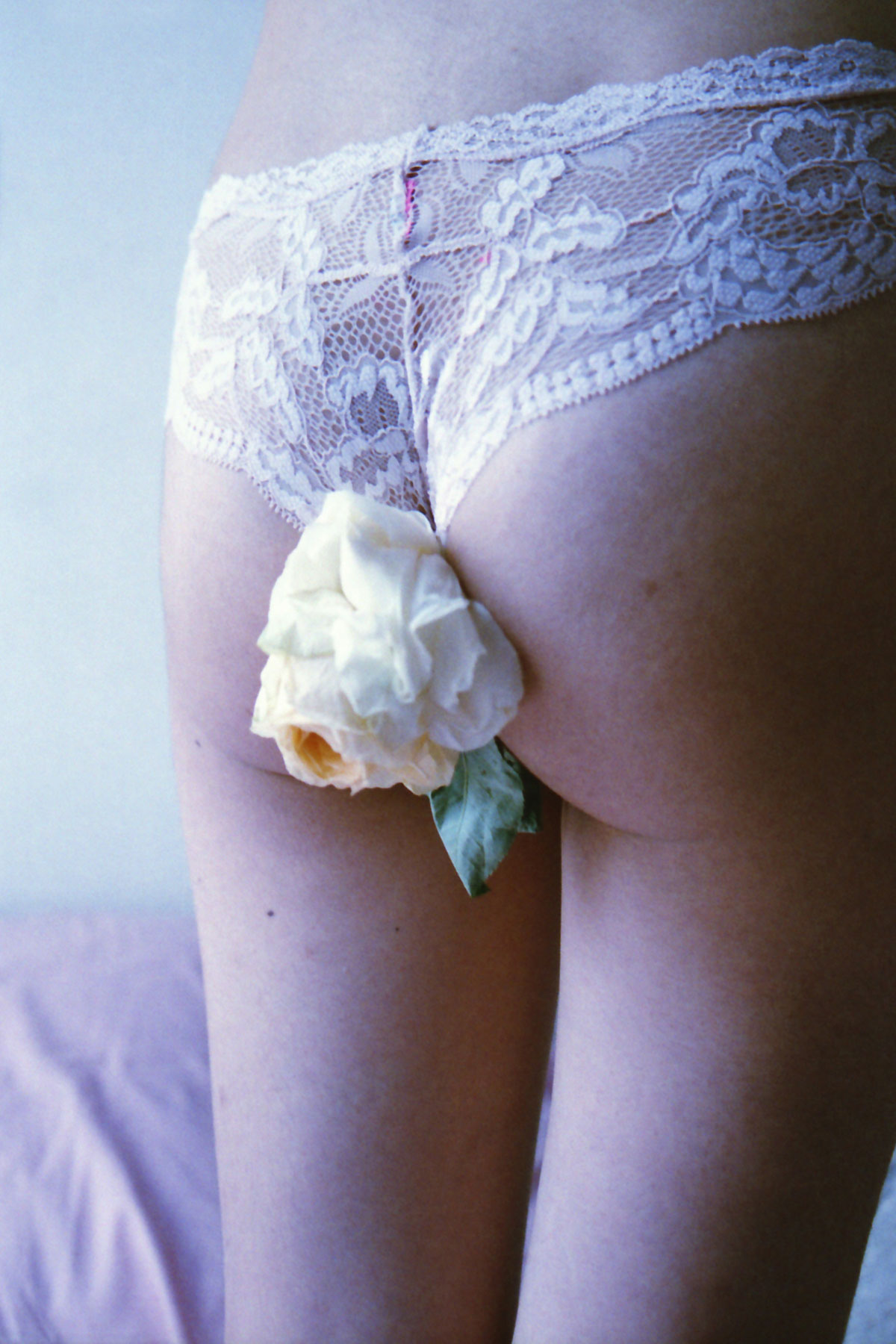
Where do you see its future?
I see film making its way to mainstream media, eventually. I mean with all the filters these days, it’s like digital is trying to imitate film. It’s only a matter of time until people start wanting the real deal.
Eric Bico (21)
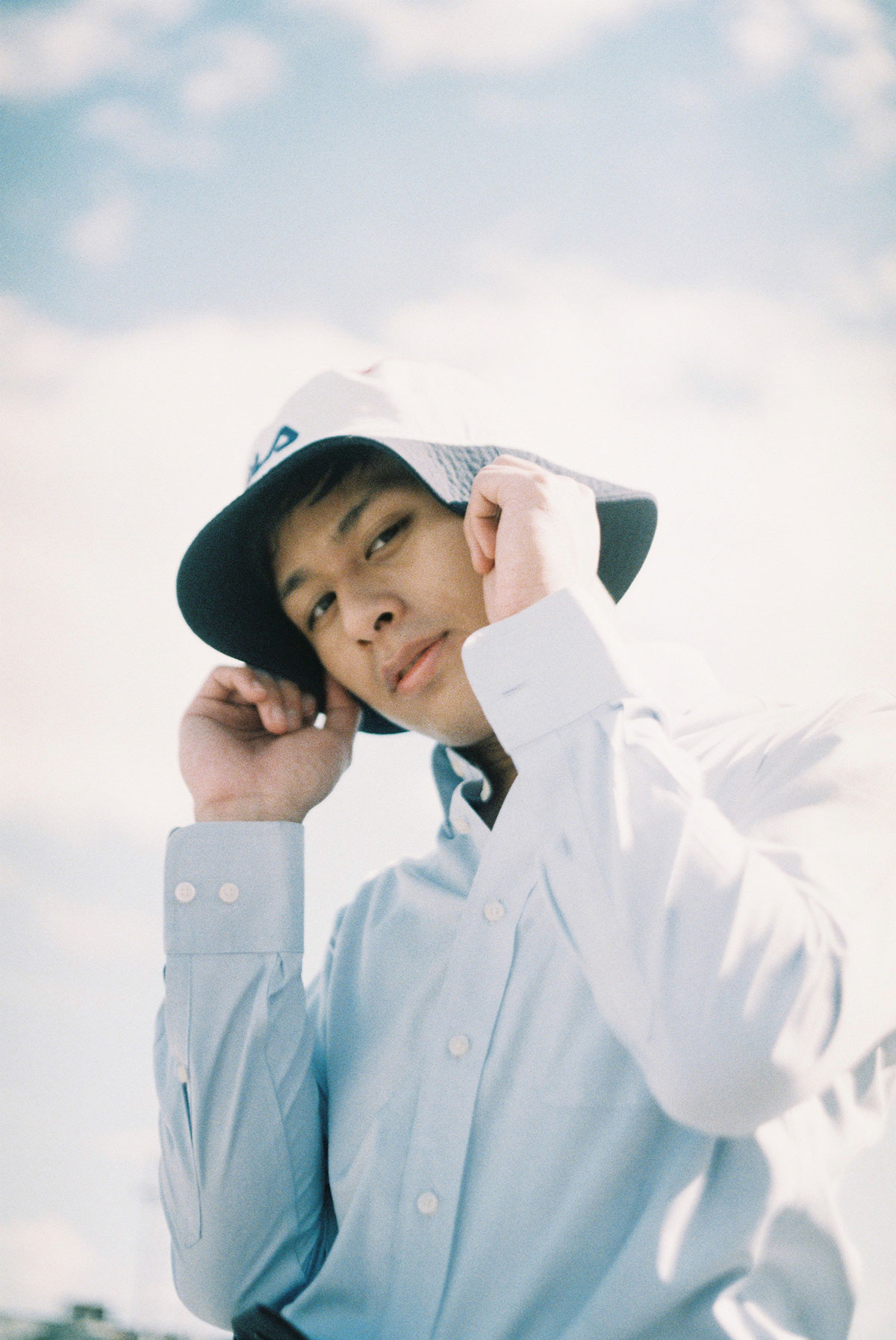
What’s your choice of equipment?
I only have one camera and it’s a Yashica FX-3 2000.
How’d you get into film photography?
I got into photography when I was 16, but it was only two years ago when I got into film. It was when I created my Instagram account, and I searched for photographers to follow for inspiration. I saw Hideaki Hamada’s account, and I noticed that his photos were shot in film. His account really caught my attention, so I started to shoot film too. I started with disposable cameras at first, because I didn’t know where to get a film camera, then one day I discovered this Japanese thrift store in Starmall near my place, where I got my very first own film camera.
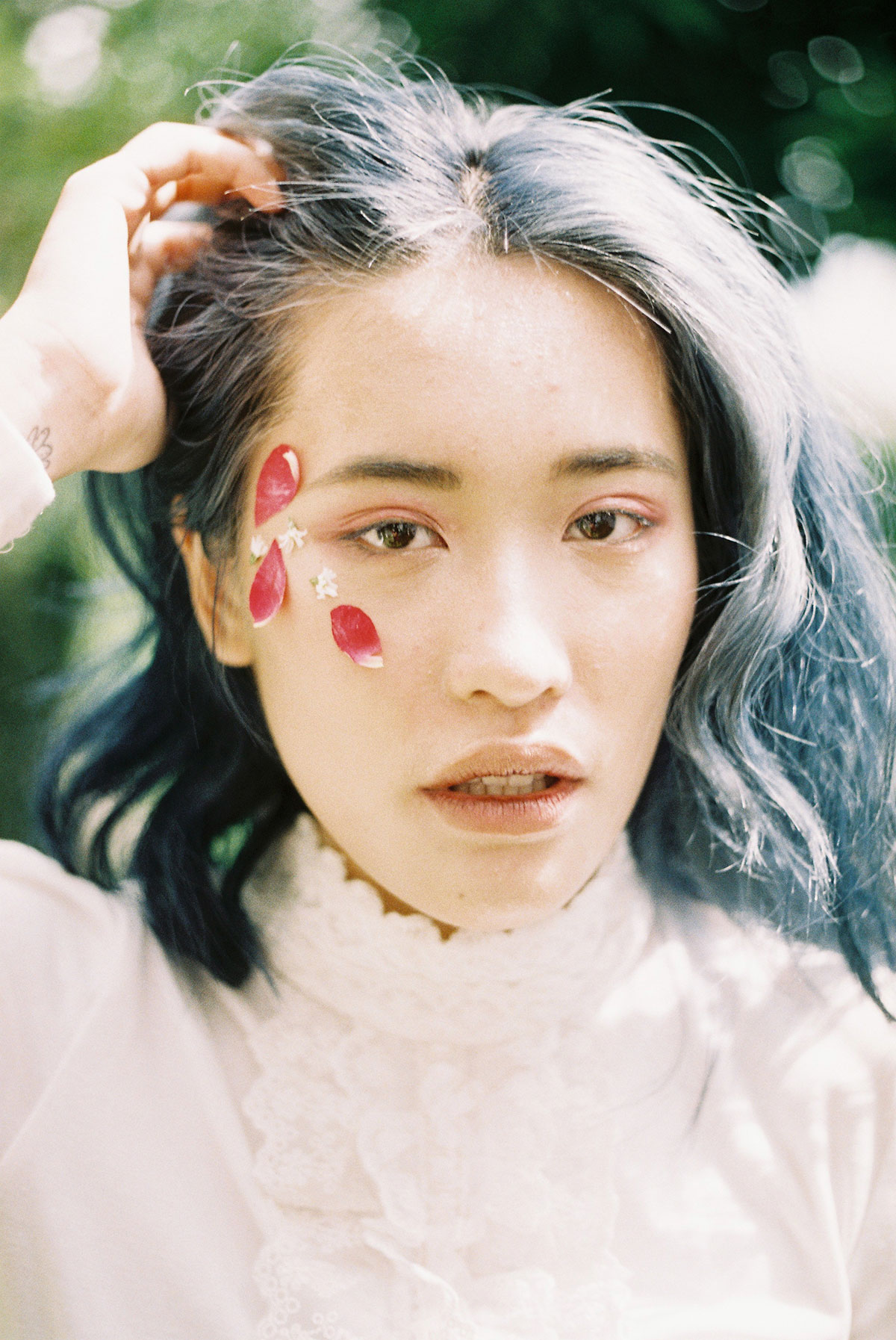
Why do you choose to shoot film over digital?
I like the look and feel of a developed film photo, as well as the waiting process. It takes time before you get to see your photos, but that’s the exciting part.
Is film dead?
It can never be dead. It just took a tiny hiatus, but as long as there are people who still support and enjoy shooting film, film manufacturers will still produce fresh film. It’s a mutual thing.
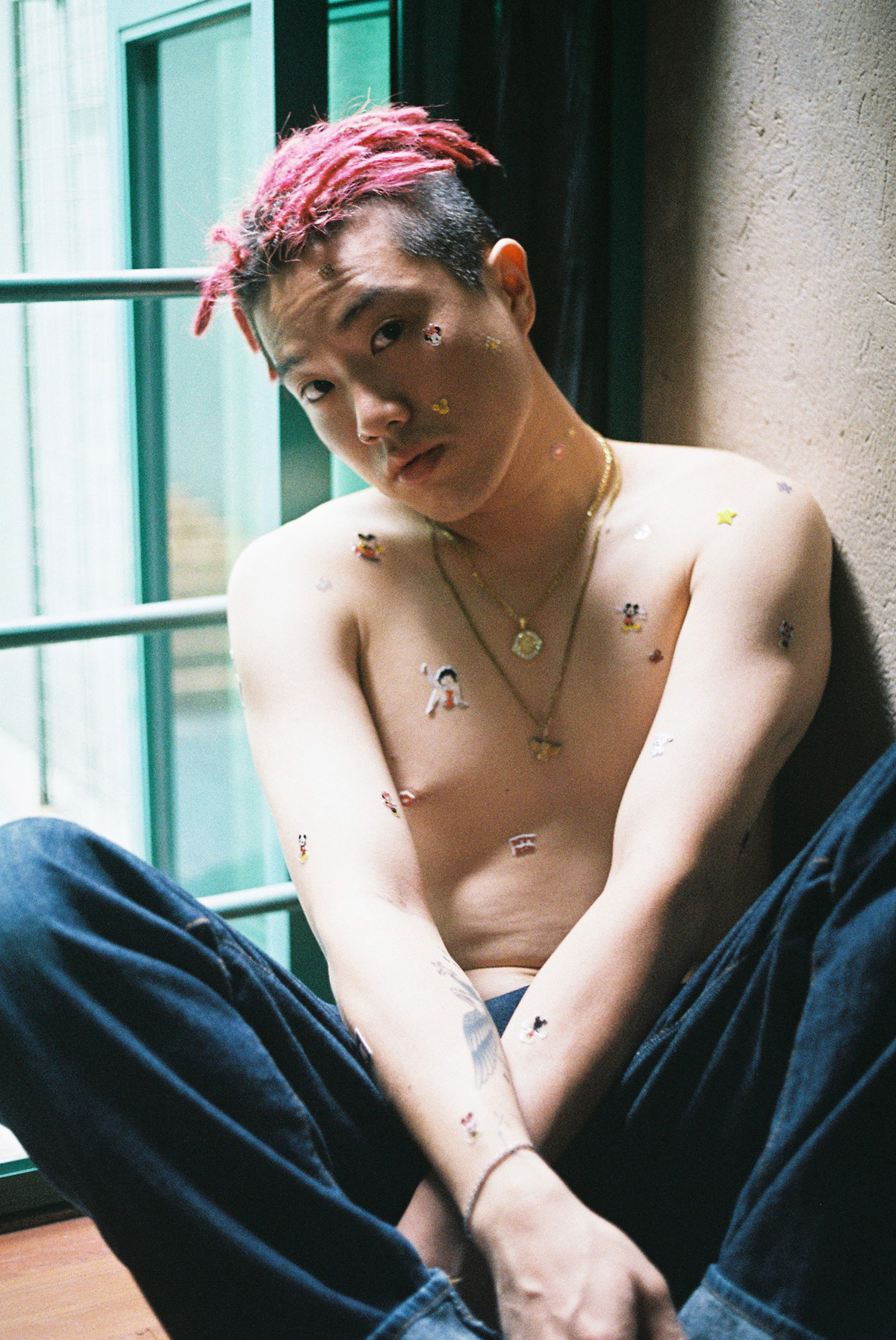
What are your two cents on the resurgence of film these days?
It has something to do with nostalgia, and film has a nostalgic feeling. Especially nowadays na maraming nangyayari at sa bilis ng pagbabago, our generation craves simpler times. So it’s like our way of taking a break from that, and slowing down by reminiscing about the things that were when we were young, film photography included.
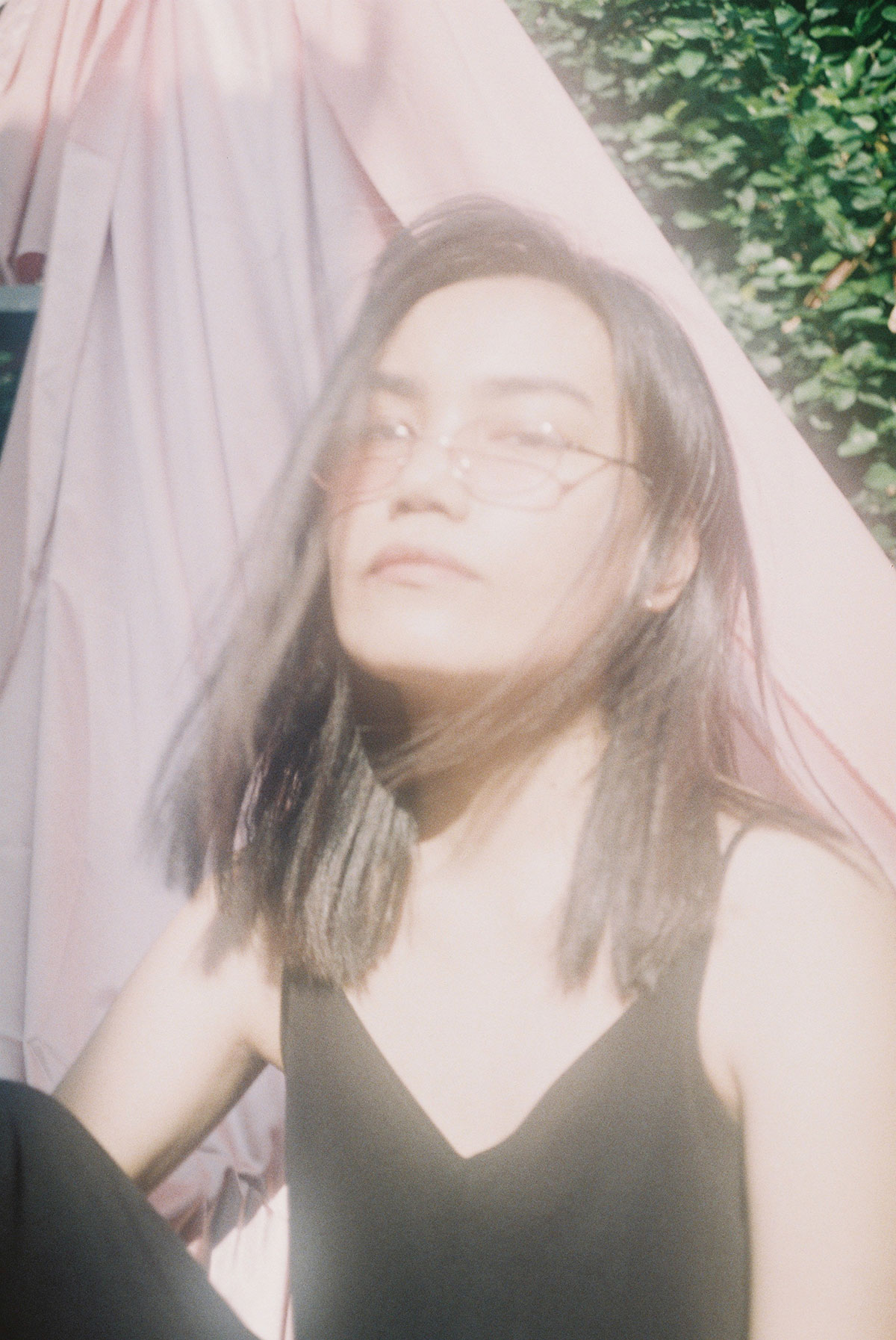
Where do you see its future?
Magiging sikat rin and tanggap ng mga tao like digital photography.
Ricardo Yan (20)
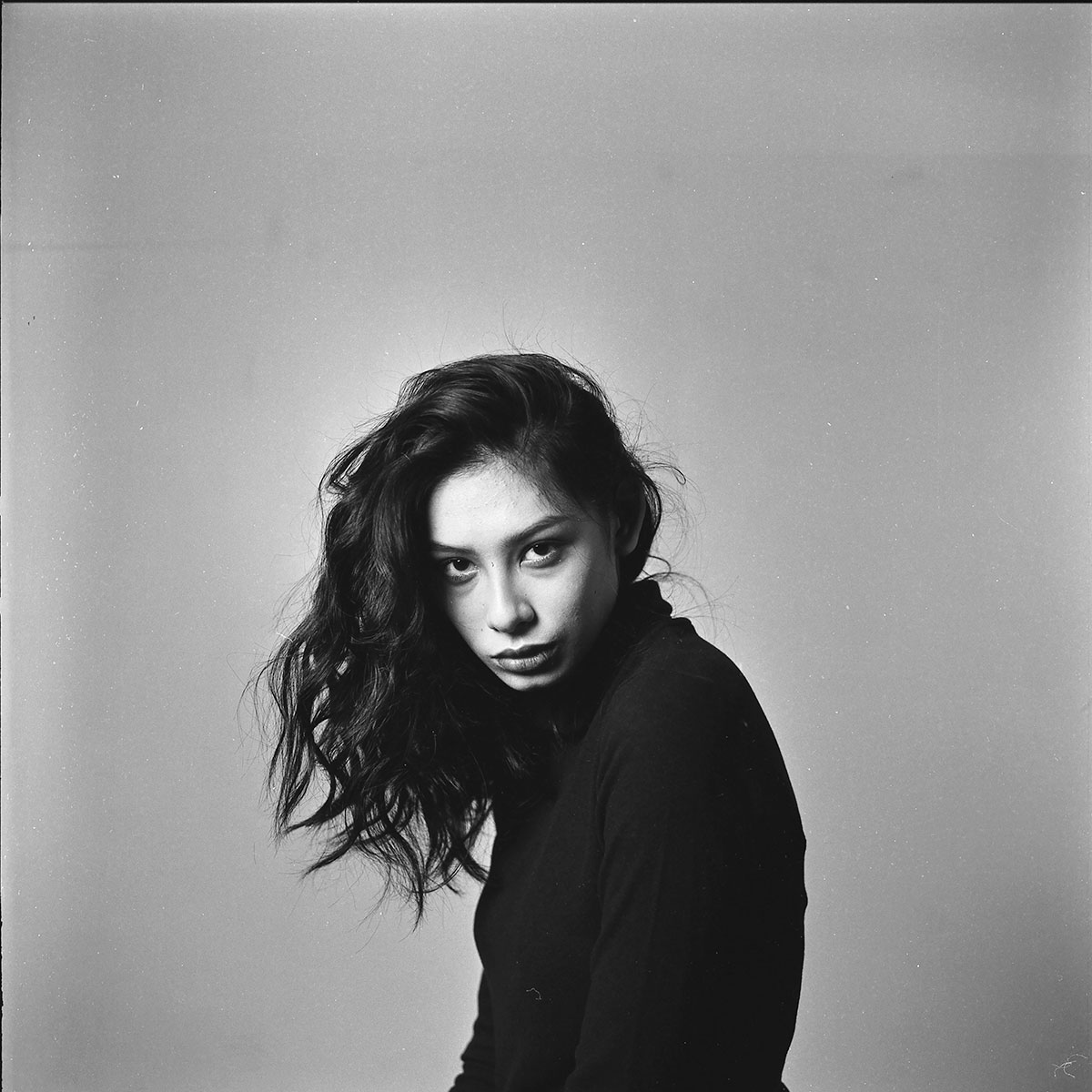
What’s your choice of equipment?
I shoot with a Hasselblad 500C/M Medium format film camera for portraits, a Nikon F3 for 35mm stuff, and a Polaroid 101 Land Camera for instant photos.
How’d you get into film photography?
I got into photography when I was in the sixth grade and my parents failed to pay for my batch photo. As a sixth grader, it felt like the most important thing to me and I was devastated. After that, I always had my camera in my hand. Film on the other hand, I picked up when I inherited my great grandfather’s Kodak Star 200 point and shoot for Christmas in 2012. At the time, I was eyeing to get a DSLR, and I asked my parents for one, but they said it was too expensive. So being 16 years old, I went to Hidalgo to buy myself a film SLR out of rebellion. I ended up getting so hooked because I had this desire to produce photos that would be up to par to a modern DSLR.
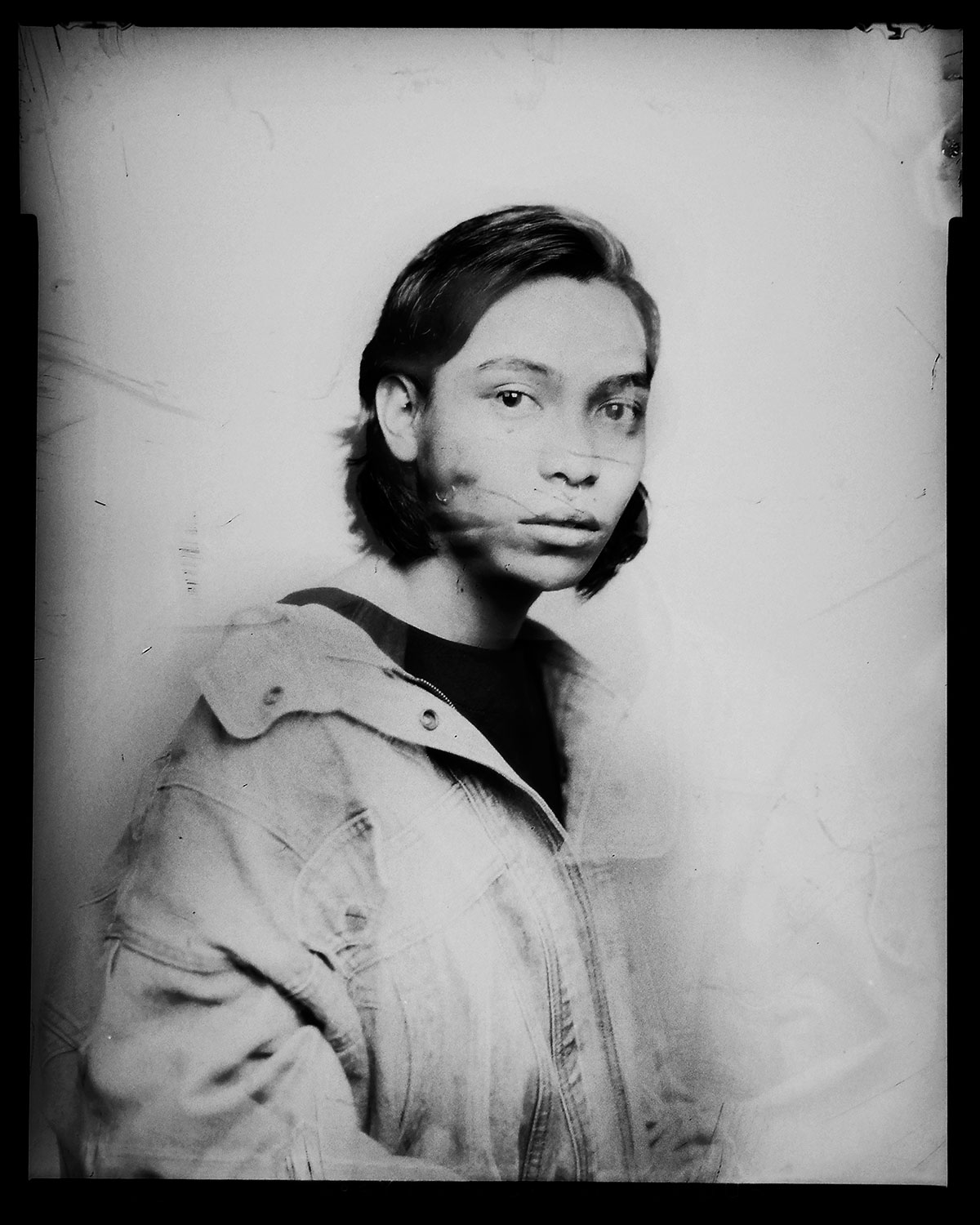
Why do you choose to shoot film over digital?
I like film because it slows you down and makes you appreciate a photo more, with all of the effort you put in it; there’s always that gratification in the end when you don’t mess it up, and it’s not instant like with digital.
Is film dead?
As my AB-Photography professors at De La Salle College of Saint Benilde say, it’s the same question that painters had when they thought painting would become obsolete and replaced by photography. I don’t think it’ll ever be dead, since it was never dead to begin with. It was just pushed aside by more convenient means like digicams and smartphones, so the market’s become smaller, but not obsolete. There will always be a market for it. It’ll only become dead when the Earth runs out of resources for it.
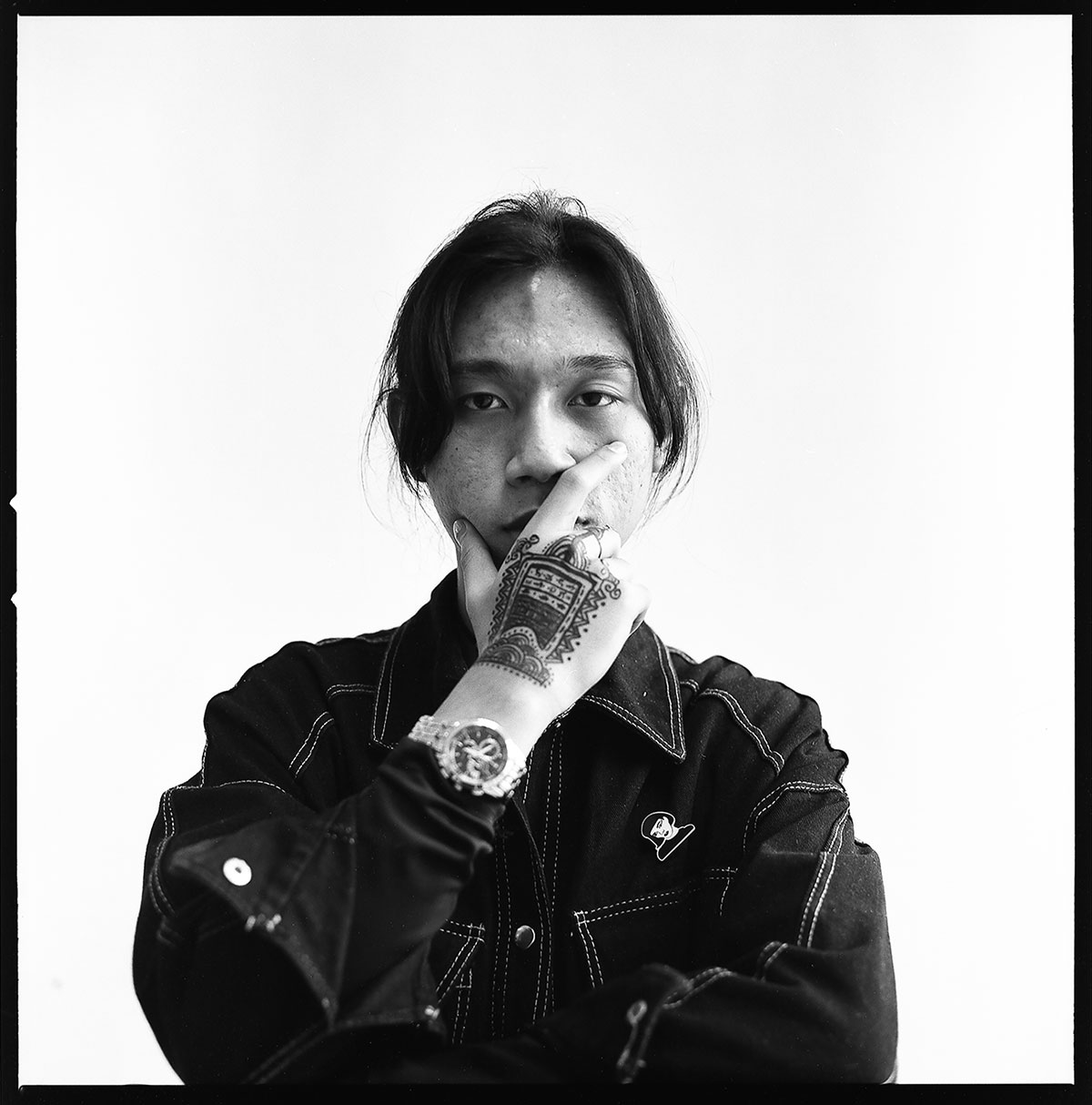
What are your two cents on the resurgence of film these days?
Personally, I think it’s become popular among millennials because it looks cool and interesting. There’s also that aspect that digital can get boring, because of the instant gratification it gives. We’re the first generation that can get everything in a click of a button—the first colored motion picture film, the music videos of any ’80s pop star, even your lolo’s favorite singer in the ’50s. Film is different. It’s not just a click away.
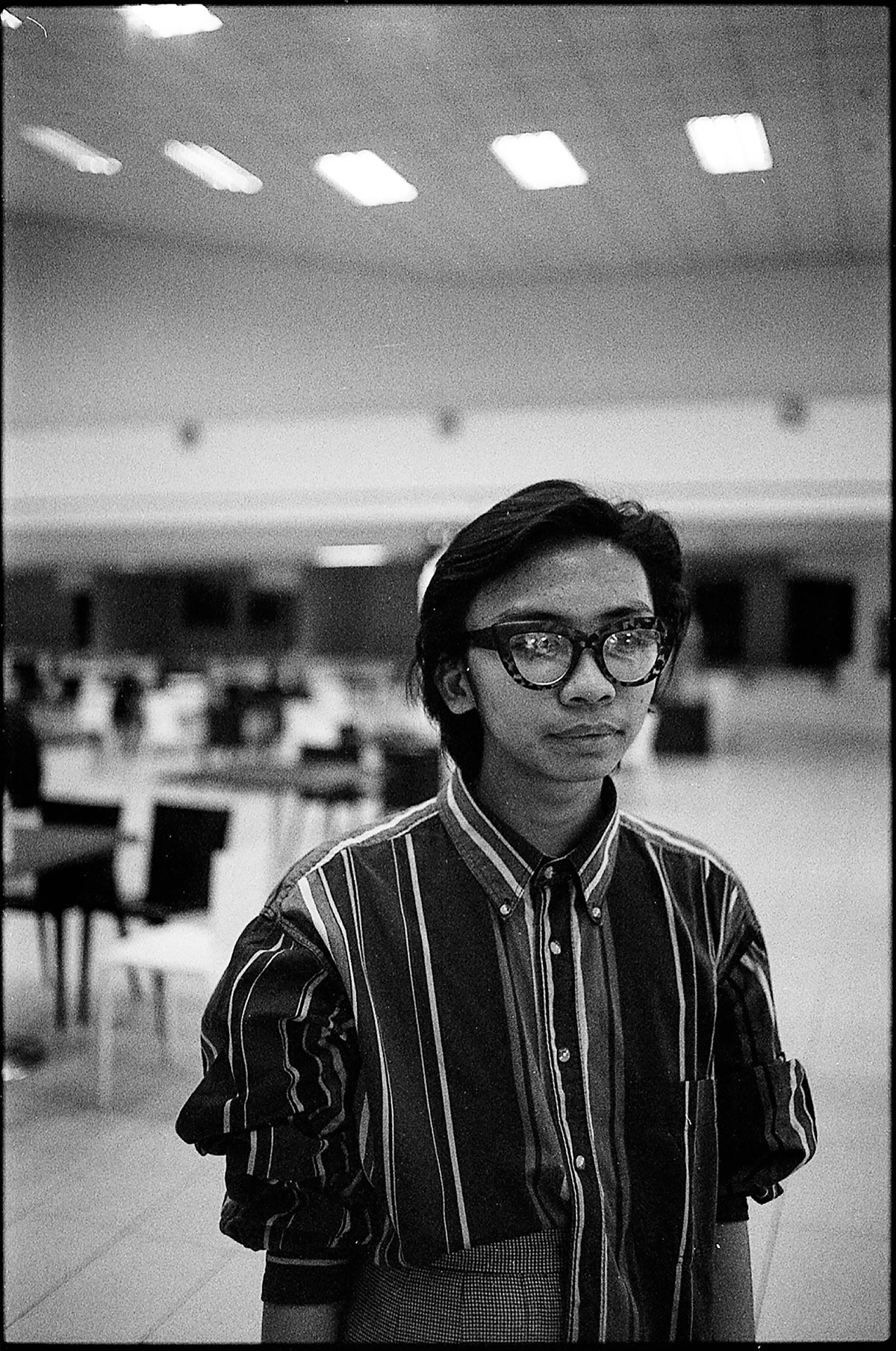
Where do you see its future?
I see it becoming a specialized sector of photography, for those who like traditional processes.
This story was originally published in our September-October 2017 issue and has been edited for web.


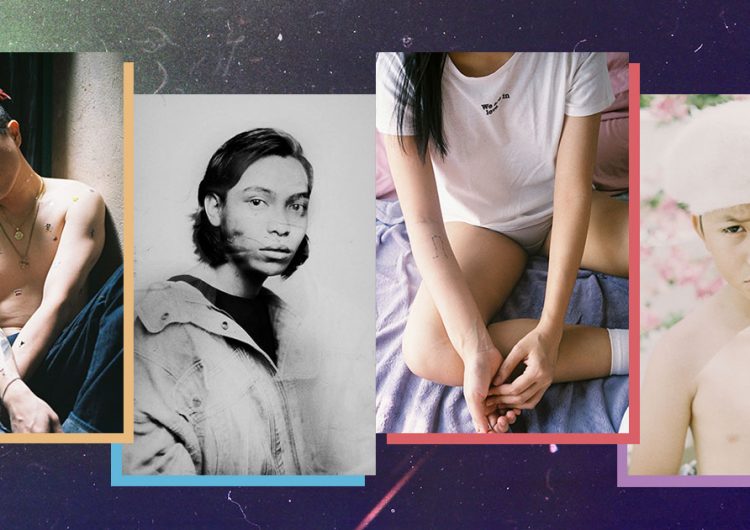













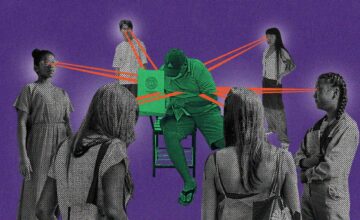
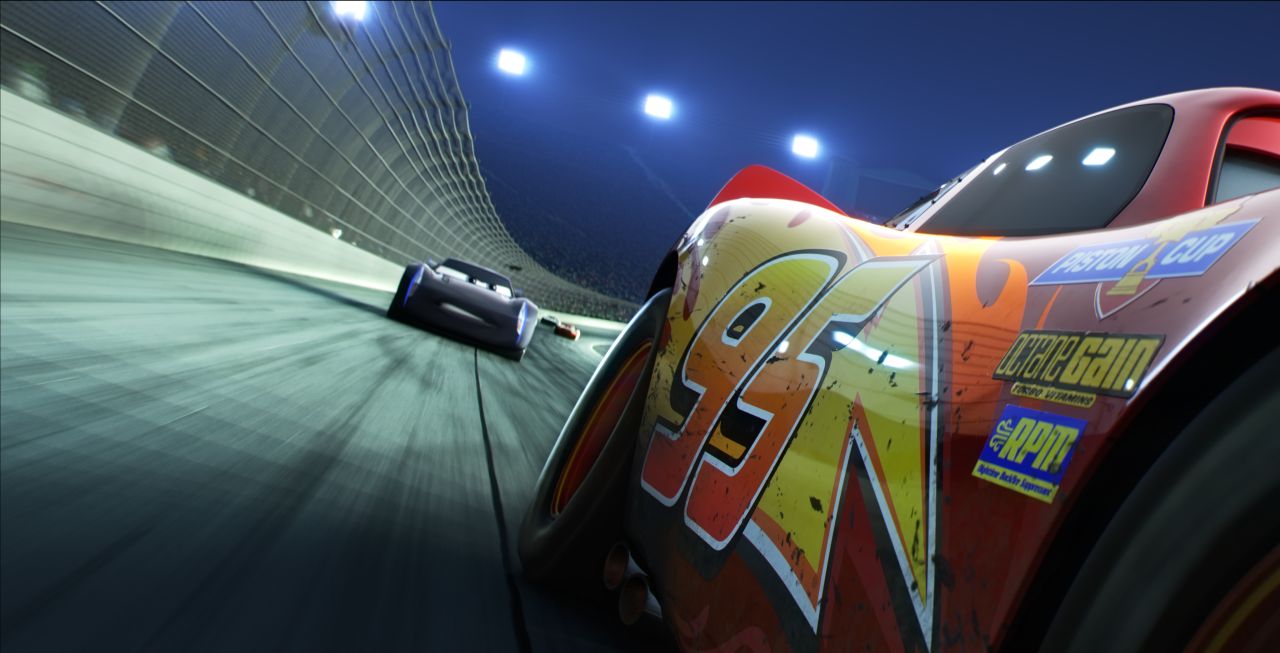
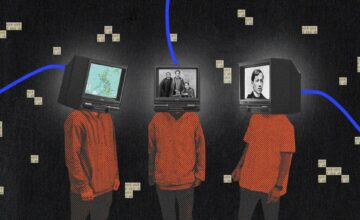






Comments